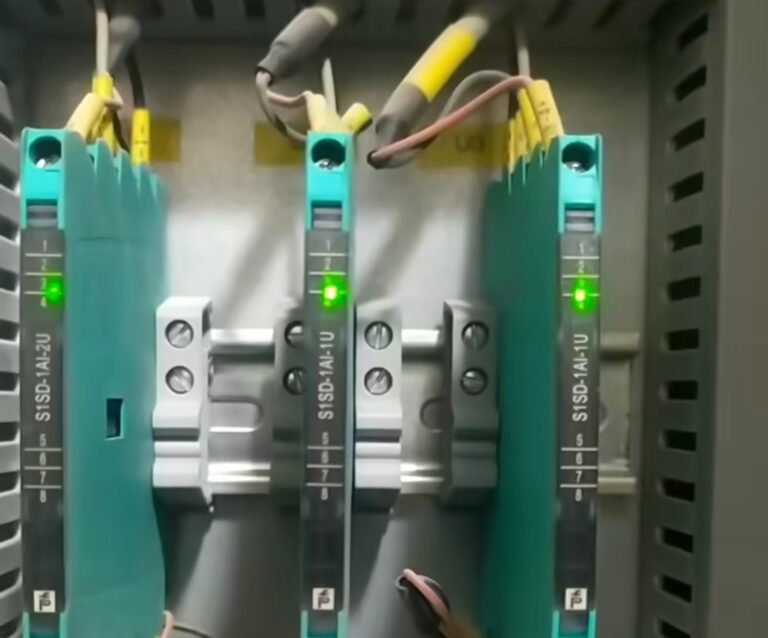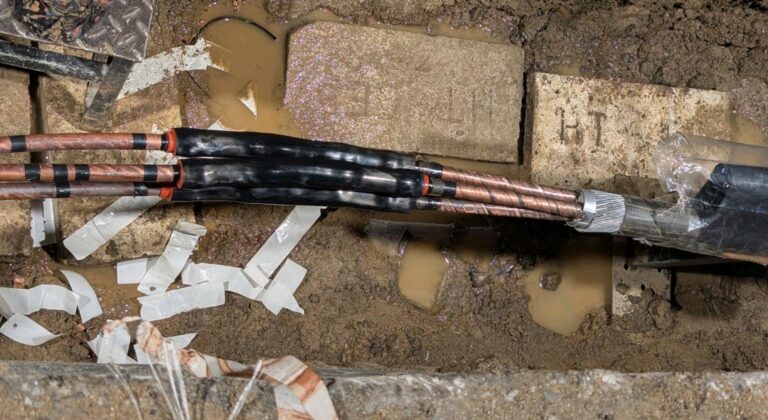Dielectric Test for Three-Phase Transformers
👉 Purpose of Dielectric Tests:
1-To verify insulation strength of the transformer.
2-Ensure the transformer can withstand high voltages caused by:
*Lightning strikes
*Switching surges
*System over voltage
👉 Types of Dielectric Tests: There are mainly two standard dielectric tests for transformers:
1. Power Frequency Withstand Test (Applied Voltage Test) Tests insulation between windings and earth
2. Induced Over voltage Test (Double Frequency Test) Tests winding-to-winding insulation
👉 1. Power Frequency Withstand Voltage Test (Applied Voltage Test)
👉 Procedure:
1-Apply a high AC voltage (at normal frequency: 50Hz/60Hz) between: The transformer’s windings (HV side) and earth (tank body).
2-Other windings: Either grounded or left floating (depending on standard: IEC/IEEE).
3-Increase voltage smoothly up to the specified test level.
4-Maintain voltage for 1 minute.
⚡ Test voltage is usually: Voltage applied is much higher than rated (like 2× rated + 1kV).
⚡ Example: For 11kV rated winding → apply around 28kV AC for 1 minute.
⚡ Test Conditions: Duration: 1 minute Monitor: No flashover, breakdown, excessive leakage current.
👉 2. Induced Overvoltage Test (Double Frequency Test)
👉 Procedure:
1-Apply a higher-than-normal voltage to the low voltage side (secondary).
2-Frequency is doubled (100Hz or 120Hz) to prevent magnetic core saturation.
3-The high voltage side is left open.
4-The test stresses turn-to-turn insulation inside the transformer.
⚡ Test voltage is usually: Twice the rated voltage of the secondary side.
⚡ Example: For a 400V LV side ➔ Apply 800V at 100 Hz. This checks the inter-turn insulation inside the windings.
⚡ Test Conditions: Frequency: 100 Hz or 120 Hz Duration: 30–60 seconds Monitor: No insulation failure or noise.

